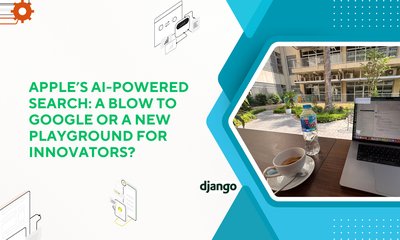When the Cloud Goes Dark: Lessons from the Google Outage of June 2025
By JoeVu, at: June 15, 2025, 3:16 p.m.
Estimated Reading Time: __READING_TIME__ minutes


On June 12, 2025, much of the internet quietly (and then loudly) broke.
A massive outage in Google Cloud services brought down dozens of major platforms including Gmail, Google Drive, Spotify, Discord, Cloudflare, Character.AI, and even parts of OpenAI. For nearly three hours, users across the world saw errors, failed requests, and complete service blackouts.
As tech teams scrambled and memes flew, one thing became clear: even the most robust systems can fail.
What Happened?
According to Google, the issue stemmed from a problem in their Identity and Access Management (IAM) and cloud storage infrastructure. That single point of failure triggered a domino effect across multiple regions and services built on Google Cloud.
Thousands of companies experienced downtime not because they failed, but because their cloud provider did.
Why This Matters (Especially If You’re Building Something)
At Glinteco, we help startups and SMEs build fast, scalable, cloud-native solutions. But we also design with failure in mind. Outages like this remind us that:
1. Cloud ≠ Infallible
Cloud infrastructure gives us speed, scalability, and flexibility. But it doesn’t eliminate risk. In fact, it introduces new kinds.
2. Single-Point Dependencies Hurt
If your entire app runs on a single region, a single cloud service, or a single database. One issue can take everything down.
3. Communicating With Users is Part of Your Stack
Silence during downtime is worse than the downtime itself. Build internal alert systems and plan user messaging before issues happen.
How We Build for Resilience at Glinteco
When working with clients, we:
-
Recommend multi-region deployments for high-availability apps
-
Use fallback strategies (like queueing, caching, retry policies)
-
Provide incident playbooks so teams know what to do under pressure
-
Help teams set up transparent monitoring dashboards to stay ahead of users’ complaints
Final Thoughts
The cloud is still the future but it’s not bulletproof. If your business depends on technology, your team needs to think about resilience as a feature.
Want help auditing your current architecture or planning a more fault-tolerant system?





